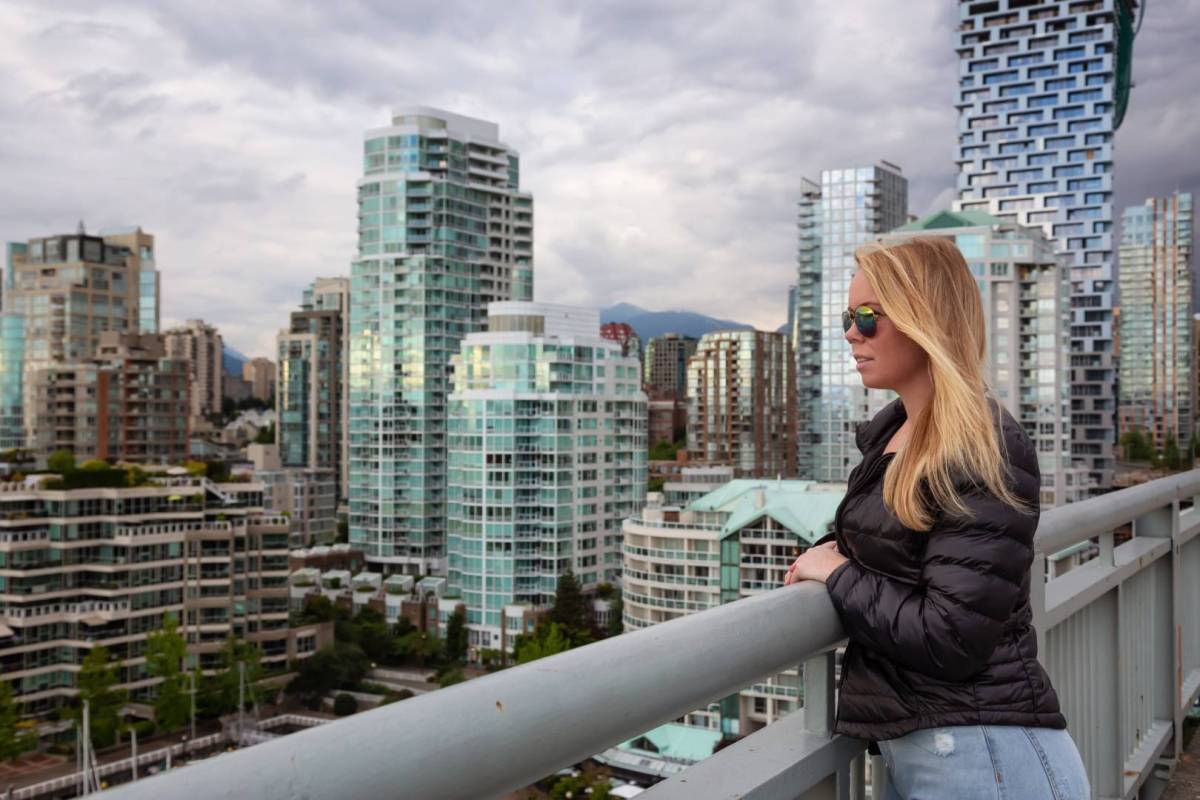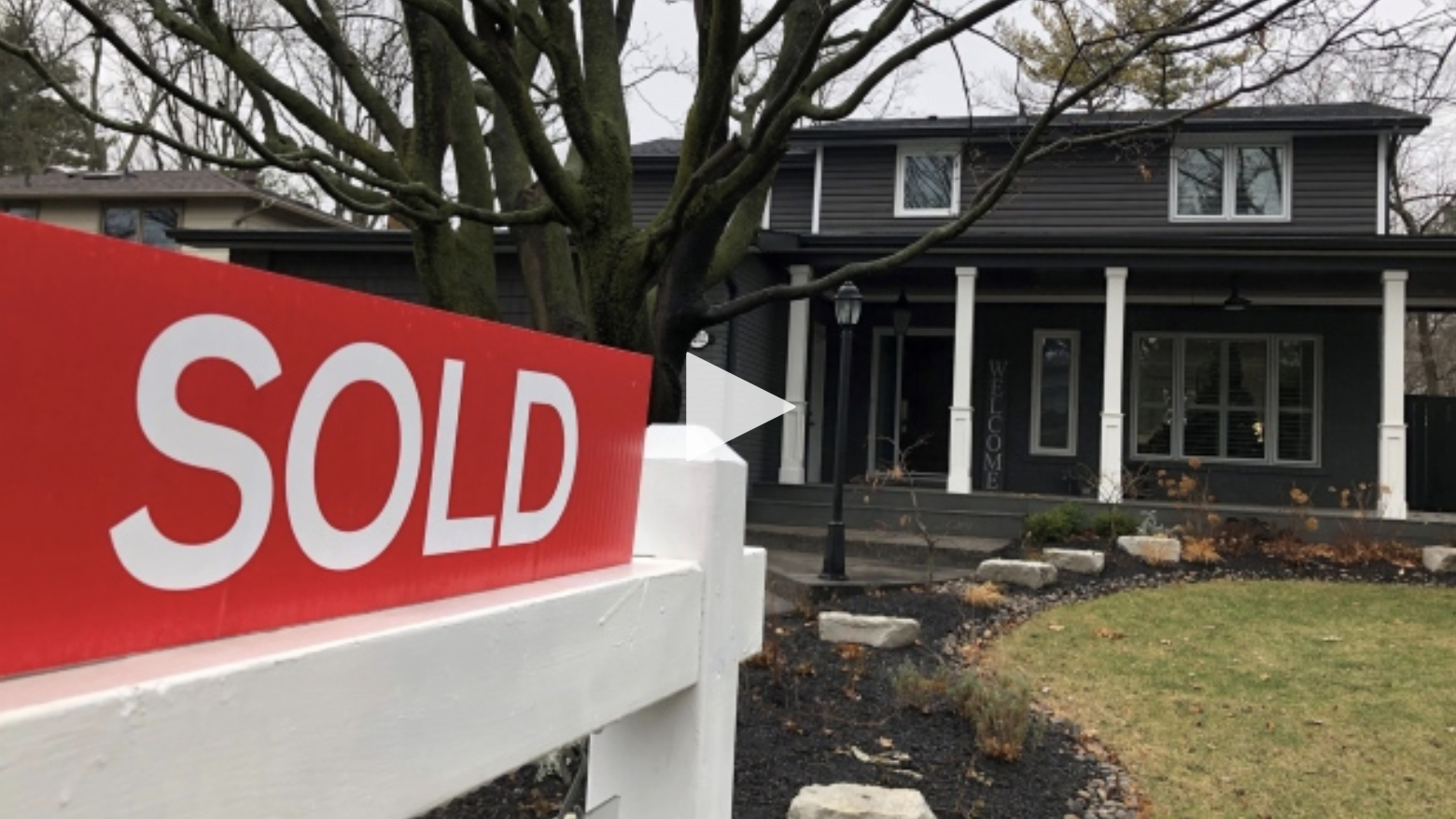
- Toronto: 416-742-8000 | Brampton: 905-874-9200 | Mississauga: 905-366-8100 | Vaughan: 905-760-8300

Pandemic housing boom means affordability is no longer just a big-city problem
Canada’s housing market closed 2020 with a bang — another record-setting month for both home sales and prices.
The number of existing properties that changed hands in December was 47 per cent higher than in December of 2019, the largest year-over-year increase in 11 years, according to data released Friday by the Canadian Real Estate Association.
The benchmark price of a home, meanwhile, was 13 per cent higher.
The last time Canada saw a similar real estate frenzy was in 2016, which set the previous record for homes sold in a year, and early 2017 saw year-over-year benchmark price gains of more than 15 per cent.
This time, though, the faster property appreciation isn’t happening in Vancouver and Toronto, two of Canada’s priciest markets, but in areas that were — at least until recently — affordable.
In Toronto’s suburbs of Durham and Halton, prices for detached, semi-detached and row houses have seen year-over-year price increases of around 20 per cent, according to an analysis by John Pasalis of Toronto real estate brokerage Realosophy Realty.
In Durham Region, for example, the average price of a single-family home shot up 24 per cent from $641,000 in November 2019 to $795,000 a year later.
The pandemic has accelerated an existing trend that sees urbanites flocking to suburbs in search of bigger, more affordable homes. Statistics Canada data shows that between the beginning of July 2019 and the start of July 2020, a period that includes the early months of the COVID-19 emergency, Toronto saw 50,375 more people leaving the city for other areas of Ontario than making the opposite move.
Montreal saw a similar net outflow of 24,880 people, although both cities still experienced overall population growth thanks to immigration from outside Canada, according to StatCan.
Homebuyers in search of lower prices have also swarmed to the Maritimes, putting upward pressure on property values there. Halifax, for example, saw a net inflow of 1,584 people from other provinces over a one-year period ending in July 2020, the StatCan data shows.
And those numbers don’t account for new arrivals in the second half of the year that likely contributed to double-digit home price growth. A typical bungalow in the city now goes for $335,744, up more than 19 per cent since the last quarter of 2019, according to a report released Friday by Royal LePage.
The trend is stoking concerns about rapidly deteriorating housing affordability.




